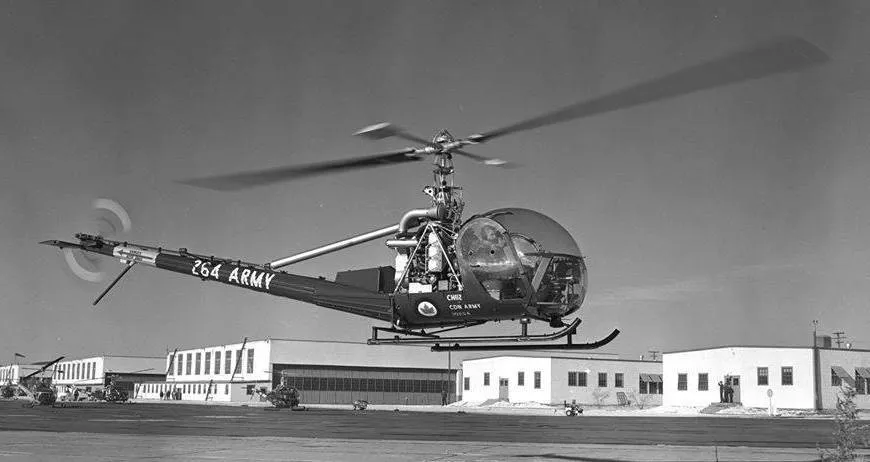Stewart, Paul Murray (Leading Aircraftman)
Killed in Flying Accident 1962-February-08


Birth Date: 1938-March-05
Born: Pleasant Ridge, New Brunswick
Parents: Son of Frank and Nellie Stewart of Penfield Ridge, New Brunswick. Brother of Millidge and Allan Stewart.
Spouse: Husband of Barbara Gail Stewart of Ottawa, Ontario.
Home: Pleasant Ridge, New Brunswick
Enlistment: Saint John, New Brunswick
Enlistment Date: 1957-August-13
Service
RCAF
Unit
CEPE- Central Experimental & Proving Establishment
Exporto Crede
Base
Rank
Leading Aircraftman
Position
Service Numbers
235911
Crew or Other Personnel
Nomad (Hiller) 10261
Nomad (Hiller) serial: 10261

Hiller CH-112 Nomad Helicopter (Serial No. 112264), Canadian Army.
The Hiller OH-23 Raven is a three-place, military light observation helicopter based on the Hiller Model 360. The Model 360 was designated by the company as the UH-12 ("UH" for United Helicopters), which was first flown in 1948.
Hiller CH-112 Nomad (U-12E) three-place, military light observation helicopter in Canadian Army service (27), Serial Nos. 112262-11285. Wikipedia and Harold Skaarup web page